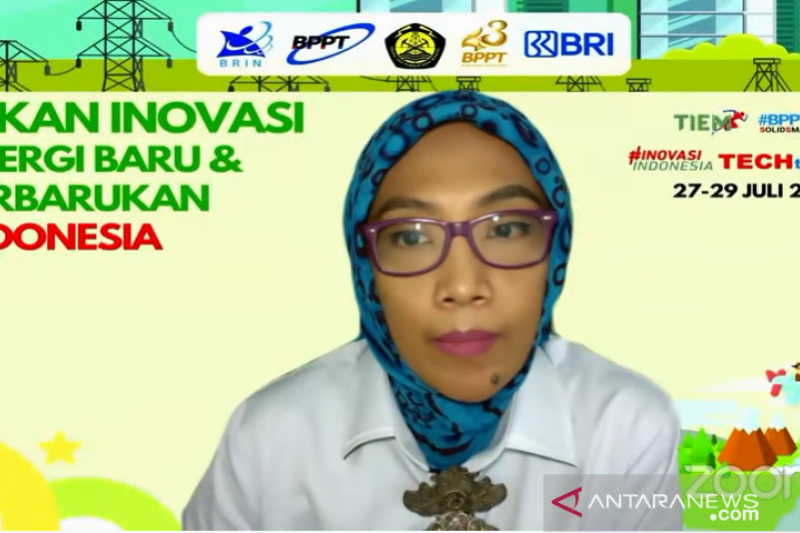We expect geothermal to be one of the levers of ‘renewable energy’
Jakarta (ANTARA) – The Agency for the Assessment and Application of Technology (BPPT) said it is necessary to strengthen the research and innovation ecosystem of geothermal power plants (PLTP) to increase the contribution of new and renewable energy (EBT) in terms of geothermal utilization in the national energy mix.
“We expect geothermal to be one of the levers of renewable energy (new renewable energy),” said Deputy Head of BPPT for Information Technology, Energy and Materials (TIEM) Eniya Listiani Dewi at the Indonesian New and Renewable Energy Innovation Week in Jakarta, Wednesday.
Also read: BPPT: Utilization of EBT is not optimal
Eniya said that there is geothermal potential in Indonesia of 40 percent of the world’s geothermal reserves. Indonesia’s geothermal potential is greater than the Philippines, even twice that of New Zealand.
Meanwhile, of the geothermal potential in Indonesia, which is 23.9 GW, only 2.1 GW has been utilized to date or 8 percent.
The main constraints are investment costs and electricity prices. Therefore, it is necessary to build a PLTP research and innovation ecosystem in Indonesia through strengthening the triple helix between the government, academia and industry, and synergies between stakeholders.
Also read: BBTMC uses machine learning to predict the water level of peatlands
Synergies ranging from PLTP research, development of PLTP prototypes (pilot plants) to commercialization scale require the support of various parties.
PLTP management requires skilled human resources that can be provided by universities or other related institutions. Meanwhile, the government plays a role in making policies and setting prices for electricity generated from PLTP. In addition, industrial conditions are also needed that are ready to support PLTP.
“Process initial market is our shared responsibility, the government’s responsibility is also the agreement from the industry from universities and those that give birth to other skilled human resources,” said Eniya.
Also read: BPPT develops AI to predict precise TMC operations to prevent forest and land fires
Eniya said that strengthening the domestic industry is very important, including in the development of PLTP turbine materials.
“From the concept of developing turbine materials, we give birth to industrial capabilities that can move domestically,” he said.
BPPT has built two prototype units of small-scale PLTP with Condensing and Binary Cycle types, namely PLTP Condensing Turbine 3 MW Kamojang located in Garut, West Java, and PLTP binary cycle with a capacity of 500 kW in Lahendong, North Sulawesi.
Also read: BPPT distributes a number of innovative products to strengthen the handling of the COVID pandemic
BPPT is trying to get a certificate of operation fit for PLTP Kamojang. The certificate will be obtained in 2021, and it is hoped that with the continuity of testing, it can later be operated by the State Electricity Company (PLN).
PLTP Kamojang uses a domestic component level (TKDN) of more than 60 percent, and PLTP Lahendong utilizes local content of approximately 30 percent.
“This (PLTP) will be a model that we can duplicate in a modular form in other places,” said Eniya.
Also read: BPPT: Marine mineral exploration supports environmentally friendly technology
Reporter: Martha Herlinawati Simanjuntak
Editor: And Salim
COPYRIGHT © ANTARA 2021
–


